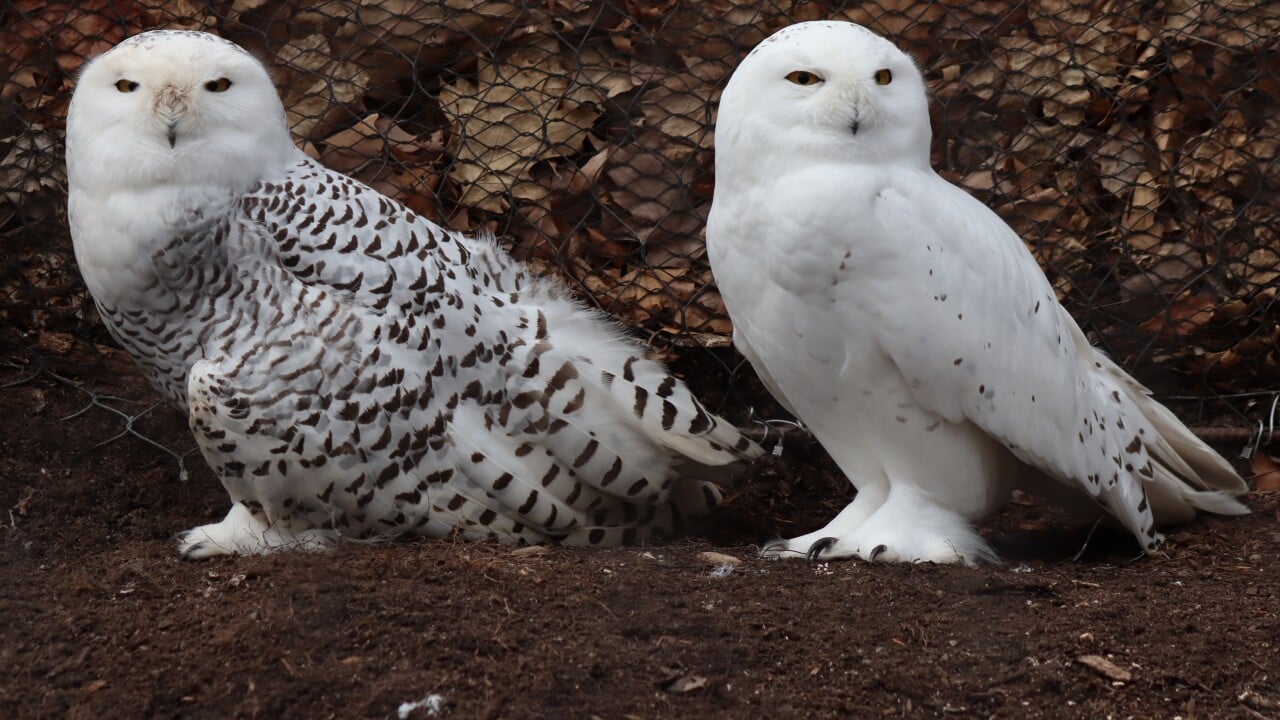this post was submitted on 25 Jan 2024
140 points (99.3% liked)
Superbowl
3298 readers
369 users here now
For owls that are superb.

founded 1 year ago
MODERATORS
you are viewing a single comment's thread
view the rest of the comments
view the rest of the comments

I love those little guys and their big googly eyes. 😍
I liked his description of the frost poof, and saw he does have photos of that too!
Thans for the post!
That is a lovely photo!
I've been whizzing through suitable images to post and hadn't seen that one yet....So jealous of the action shot 👍
He's got one that's less cropped than this one too, I just went with this one to see that big silly face better. 😜
There are so many good photographers out there! I just want to be able to see some wild owls in person.
I've managed to see a resting Tawney perched on a building, who was quite happy to remain stationary while I shone a torch at it....usually it's a blink and I miss it as they fly past.
I have had a Barn Owl appear in front of me like a ghost, just as I shit my pants.
Having a dog helps, I've seen all sorts of critters whilst going out for an evening pee and a poop (the dog, not me)
I only ever got to see a Barn Owl on our fence about 30 years ago.
Where I live now, we have the Great Horned Owls I hear, and I love their hooting, but they keep away all the other owls, so it greatly reduces my odds of actually seeing one.
I do miss my late night dog walks. I used to like watching the bats do figure-8s swooping up all the bugs.
I used to have Great Horned Owls by me (in the suburbs!). I would hear them in the evening and early morning, but I haven’t for the past couple years. Apparently, they nest early, like February? Maybe I’ll hear some this year or the raspberry pi will pick them up.
I've stressed that before when city people say they'll never see an owl, owls are everywhere people are, because that's where the rodents are, and where there's tasty rodents they'll be hungry owls to welcome them!
Some owls are deeeeeep woods creatures, but many have evolved to live better nearby to people. As I said, the rodents gather around all our food, and our clearing trees and maintaining fields and orchards give them nice places to sit up high, yet monitor a nice clear open area to fly. Little Owls are big fans of us humans, and I know I've posted some Australian studies about how Powerful Owls are adapting as cities and towns expand into their hunting areas.
Nesting depends on many conditions, since GHO are found over a wide range of ecosystems. From Wikipedia:
There are a lot of tall oaks and squirrels in my yard. I’ve see hawks too!
Seriously??? How does this work?
You can set up a raspberry pi and microphone to listen for and identify birds in your yard. Here is a website that explains how to do it: https://becausebirds.com/fun-raspberry-pi-project-identify-backyard-birds-24-7/
This is amazing, I'm bookmarking it for future reference, now I just need an idiots guide to Pi
What birds have you picked up on it?
Mostly the usual backyard songbirds: cardinals, blue jays, robins, chickadees, etc. (White-breasted nuthatches are very chatty!) but also Pileated Woodpeckers, which I haven’t seen yet, Cooper’s Hawks, a ton on warblers in the spring, and a Snow Goose, flying overhead I would guess. It’s fun to see what’s in or near your yard, but frustrating to never see them.
Lol I feel this one! I was so glad I finally had 2 Flicker sightings over the last year after so many years of seeing them marked on the birdwatching map all around me, but never getting to see one myself.
Flickers are really cool! I see them fairly regularly. In the summer they eat ants off the sidewalk!
I hope mine becomes a more regular guest!
Same, this looks like a fun project. The pictograms at the link of the data look very nice as well!
Good job on their logo too. Like the Firefox logo a bit, but a cardinal.
Would be fun to put a little radiation symbol or something on the outside of the box instead of the bird label! 😆
Well, I just hopped on over to zlibrary and downloaded the idiots guide to Pi, it may take some time for me to get my head round it all though, but I'm going to give it a go
Awesome! Keep us posted if you build it. It'd be nice to see how to process building it and getting it working is for someone without prior experience, which is probably a lot of us. (me included!)
Good luck!
I dont know if this is what they have, but BirdNET-Pi is the first thing that comes to mind.
Classify birds acoustically with BirdNET-Pi
Cornell also has it in app form if you want to play with it on a phone/tablet.
I haven't tried it at all, so I'm curious how well it works as well!
WOW!! I had no idea this existed, I'm seriously impressed!
I have been looking At Raspberry Pi for a while, but it would be a bit of a slog for me to get my head round it all....BUT, one day I'm going to find an idiots guide and dip my toe in the water